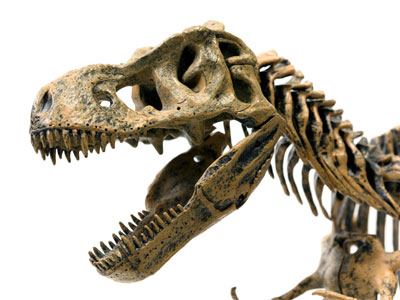How big were dinosaurs?
How does this align with my curriculum?
NS
7
Science Grade 7 (2020)
Learners will investigate factors that affect species adaptation and evolution
PE
6
Integrated Curriculum Grade 6: Science (Draft 2023)
DK 1.1: Living things depend on each other to help keep our planet in balance.
PE
6
Integrated Curriculum Grade 6: Science (Draft 2023)
DK 1.1: Examine the diversity and organization of living things on Earth and ways to maintain balance on our planet.
